Recently I've bought 9 surplus electromagnetic flip-disc displays on Ebay. Each display has 5x7 dot matrix. Every dot is controlled by separate pin. See below:


As far as I understand to flip one dot user should apply 24V on pin #3 while #4 is connected to GND to open switch, then 24V to the corresponding pin for the dot and GND to 5,10,9 (or vice versa to make it black).
The problem is how to minimize control equipment. I need to control 35 dots for each display + switch with Arduino. I can't use shift register for pins because I need to reverse polarity to open/close dots.
My idea is to use:
- 35 relays to switch dots
- low-power shift registers (74HC595) to control relays from µC
- L293 to drive 24V thru relays
- high power shift registers (TPIC6595) to choose active display by opening its reed switch
Is this optimal solution?

